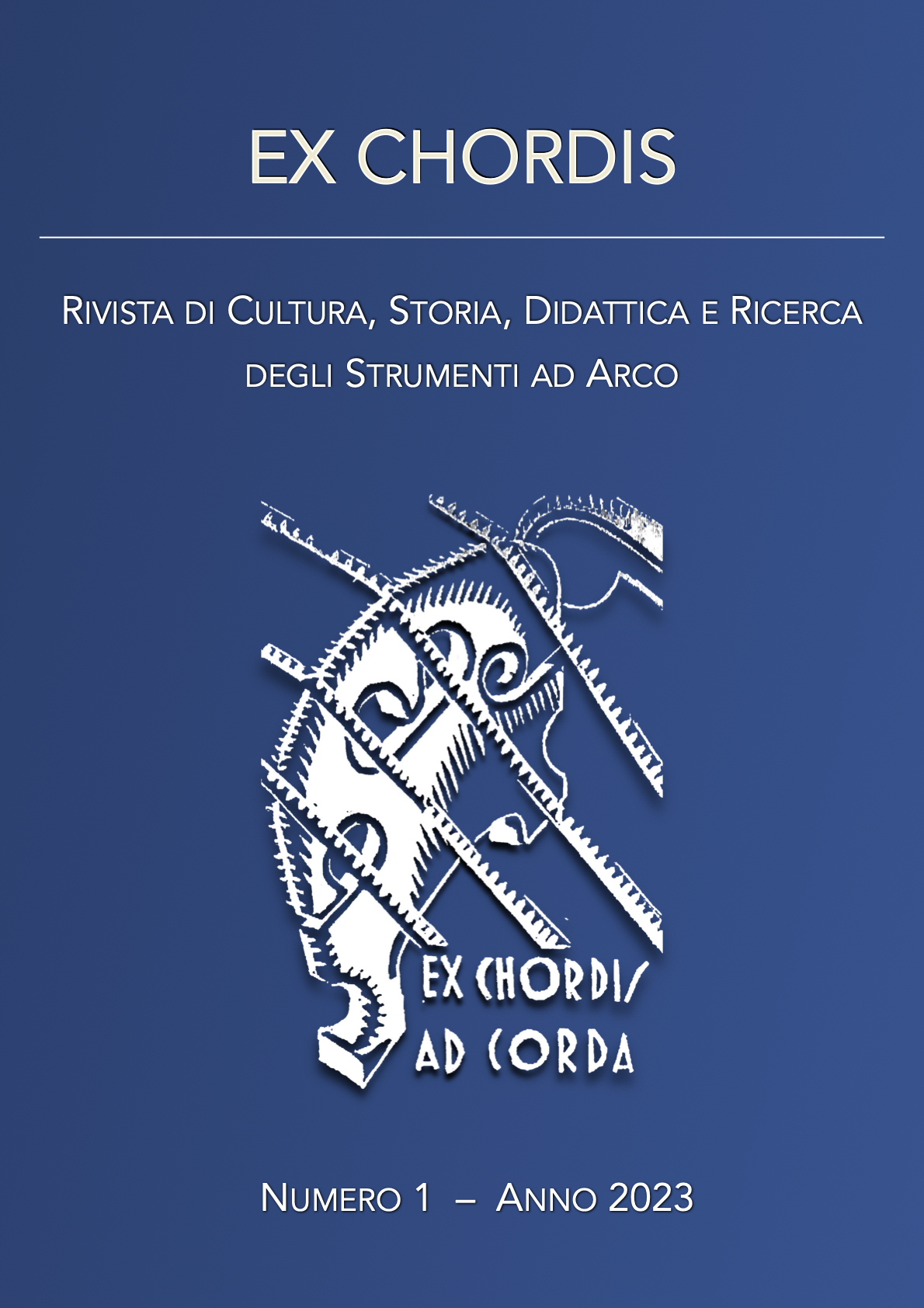Abstract
In England, during the last decades of the Sixteenth Century (in the middle of the Elizabethan Age), a popular type of music was the consort songs. These were music pieces for voice and consort of violas that William Byrd (c. 1540-1623) was particularly skilled at creating. One of Byrd’s unpublished songs was Come, pretty babe, which was quite controversial for its time because it dealt with the topic of illegitimate motherhood. The song is a lullaby where the mother shares with her little boy the pain and anguish of their difficult situation. This paper translates the literary text of the song into Italian and discusses its social context. Moreover, the paper provides a brief overview of Byrd’s consort songs and hypothesizes the reasons why Come, pretty babe was not published by the Britannicae Musicae Parens.
References
Adair R., Courtship, Illegitimacy, and Marriage in Early Modern England, Manchester University Press, Manchester 1994.
Bello G., Le conchiglie di Shakespeare, «Notiziario S.I.M.», Società Italiana di Malacologia, XXX, 1, 2012, pp. 26-30.
Bonsante A., ‘A Father of Musick’: affetti e virtuosismo in William Byrd tra Rinascimento e Barocco, in William Byrd nel quattrocentesimo anniversario della morte (libretto di sala del concerto del 14/07/2023), Area Dipartimentale di Musica Antica / Conservatorio di Musica “N. Piccinni”, Bari 2023.
Brett P., Madrigals, Songs and Canons («The Byrd Edition», XVI), Stainer & Bell, London 1976.
Brett P., The English Consort Song, 1570-1625, «Journal of the Royal Musical Association», LXXXVIII, Cambridge University Press, 1961, pp. 73-88.
Brett P., Consort songs for voice and viols («The Byrd Edition», XV), Stainer & Bell, London 1970.
Brett P., William Byrd and His Contemporaries: Essays and a Monograph, University of California Press, Oakland 2006.
Byrd W., Psalmes, Sonets, & songs of sadness and pietie, Thomas East, London 1588.
Byrd W., Songs of sundrie natures, Thomas Easte, London 1589.
Byrd W., Psalmes, songs, and sonnets, Thomas Snodham, London 1611.
Crespo Carcía B., Women and Sex in the Elizabethan Period: A World Through Language, Proceedings of the XIXth International Conference of AEDEAN, Vigo 1995.
Dowland J., First Booke of Songes or Ayres, Peter Short, London 1597.
Duffin R.W., Shakespeare’s songbook, W.W. Norton & Company, New York 2004.
Fellowes E.H., Songs («The collected works by William Byrd», XV), Stainer & Bell, London 1949.
Lord Hall J., Sexual Desire and Romantic Love in Shakespeare, Edinburgh University Press, Edinburgh 2021.
Hoffmann B., La viola da gamba, L’Epos, Palermo 2010.
Ingram M., Church Courts, Sex and Marriage in England 1570-1640, Cambridge University Press, Cambridge 1988.
Laslett P. & K. Oosterven, Long-term Trends in Bastardy in England – A Study of the Illegitimacy Figures in the Parish Registers and in the Reports of the Register General, 1561-1960, «Population Studies», XXVII, Taylor & Francis, pp. 255-286.
Manson C., Voices and Viols in England, 1600-1650 / The Sources of the Music, UMI Research Press, Ann Harbour 1982.
Outhwaite R.B., Clandestine Marriage in England, 1500–1850, Hambledon Press, London 1995.
Peacham H., The Compleat Gentleman, F. Constable, London 1622.
Shakespeare W., Comedies, Histories, & Tragedies, Jaggard & Blount, London 1623.
Turbet R., William Byrd: A Research and Information Guide, Rutledge, New York & London 2012.

This work is licensed under a Creative Commons Attribution-ShareAlike 4.0 International License.
Copyright (c) 2023 Giambattista Bello

